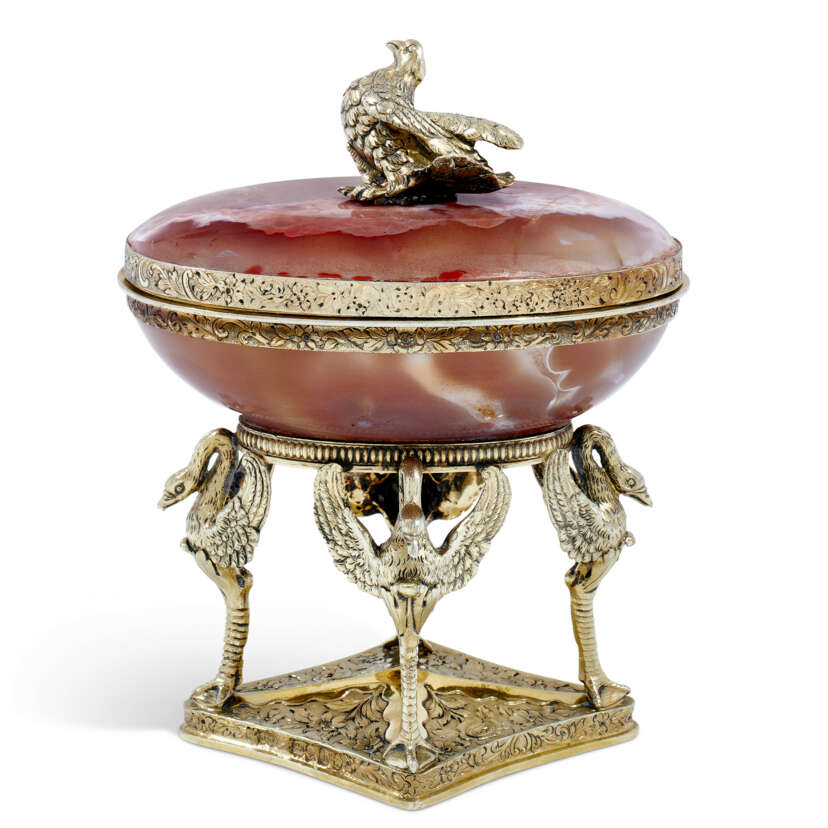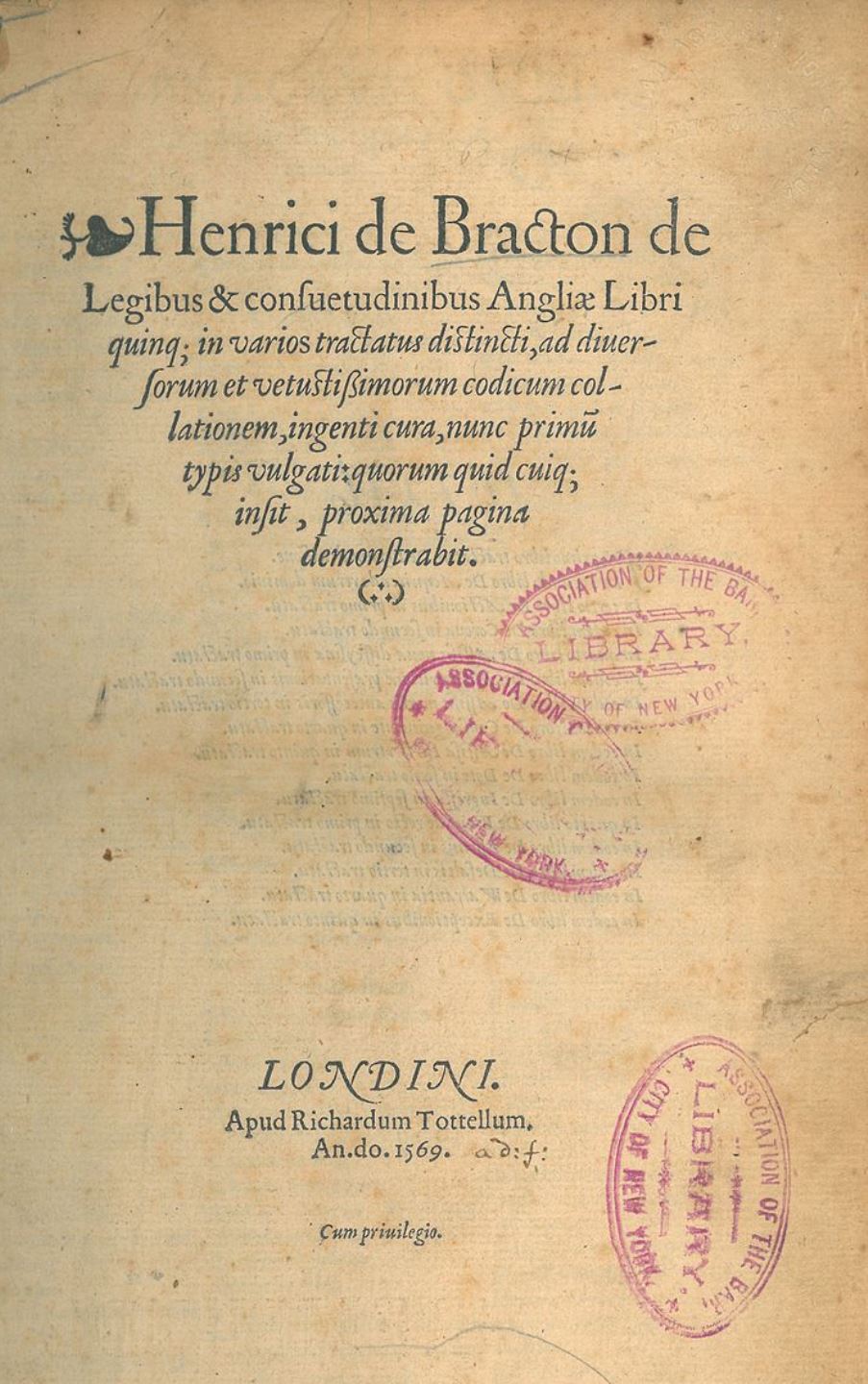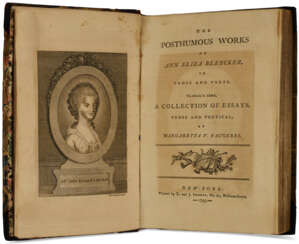v eliza


Ann Eliza Bleecker, née Schuyler, is an American poet and writer.
Ann from a young age surprised others with her poetic and literary talent. Married to lawyer John James Bleecker, she continued to write sentimental poems and so-called letters in which she enclosed her compositions. The family idyll was disrupted with the onset of the British offensive during the American Revolution. Ann and her husband had to flee, they experienced much grief and loss. All this greatly affected the character and creativity of Ann Bleecker.
In her most famous fiction narrative "The Story of Maria Kittle", which is addressed to her cousin, Ann describes the hardships of surviving captivity with the cruel Native Americans.
Ann Eliza Bleecker died at the age of 32, leaving behind manuscripts of poetry and prose that she never intended to publish. A few years later, her daughter, the poet Margaret Foger, published a significant portion of Bleeker's work, including twenty-three letters, thirty-six poems, and "The History of Maria Kittle," first in The New-York Magazine in 1790 and 1791, and then in a collection entitled "The Posthumous Works of Anne Eliza Bleecker" in 1793. "The History of Mary Kittle" was reprinted separately in 1797, a testament to the novel's popularity.




James Peale was an American painter, best known for his miniature and still life paintings.


Alexandre Nikolayevich Benois (Russian: Алекса́ндр Никола́евич Бенуа́) was a distinguished Russian artist, art critic, and historian, celebrated for his pivotal role in the art world, particularly in painting and stage design. Born into a family deeply embedded in the cultural fabric of Russia, Benois was instrumental in the development of the Russian artistic movement at the turn of the 20th century. His contributions to art and culture extend beyond his vivid paintings; he was a founding member of the World of Art (Mir iskusstva), a significant art movement and magazine that sought to elevate Russian artistry on the global stage.
Benois' work is notable for its intricate detailing, vibrant use of color, and the ability to convey deep narratives within each piece. His designs for ballets such as "Petrushka" and "The Sleeping Beauty" remain iconic, showcasing his mastery over the fusion of visual art and performance. This synthesis not only enhanced the ballets’ visual appeal but also deepened the audience's engagement with the narrative. Museums and galleries around the world, including the Russian Museum in St. Petersburg and the Tretyakov Gallery in Moscow, house his works, underscoring his global recognition and the enduring appeal of his artistic vision.
For collectors and experts in art and antiques, Benois' oeuvre represents a fascinating exploration of early 20th-century Russian culture, art, and the avant-garde movement. His ability to blend traditional Russian themes with the modernist trends of his time makes his work a valuable study in the evolution of modern art. Those interested in the rich tapestry of Russian cultural history and the interplay between art and performance will find Benois' contributions invaluable.
To stay informed about new discoveries, sales, and auction events related to Alexandre Nikolayevich Benois, we encourage you to sign up for updates. This subscription is tailored specifically for enthusiasts eager to deepen their appreciation and understanding of Benois' legacy, ensuring you're the first to know about opportunities to acquire pieces connected to this luminary of Russian art.



Henry of Bracton (also Henry de Bracton, Henricus Bracton, Henry Bretton) was an English medieval jurist, royal judge, and compiler of the English common law. Bracton came from a wealthy family from Devon and studied at Oxford University and held various ecclesiastical offices, finally becoming Chancellor of the Diocese of Exeter. Bracton also received a legal education, and entered first the service of the famous judge William Raleigh, and in 1239 went into the service of King Henry III. In 1244 Bracton became a judge himself, and in 1255-56 he was a member of the King's Council.
Henry Bracton is famous for his two works, De legibus et consuetudinibus Angliae (On the Laws and Customs of England) and Note Book, which together represent one of the most important attempts to streamline and rationalize English medieval common law. The author constructed his works inspired by compilations of Lombard law and Roman civil law. In his first classical treatise, among other things, Bracton introduced the concepts of mens rea (criminal intent) and precedent. Bracton's work, written probably between 1250 and 1260, was cited in court until the eighteenth century.



















































































